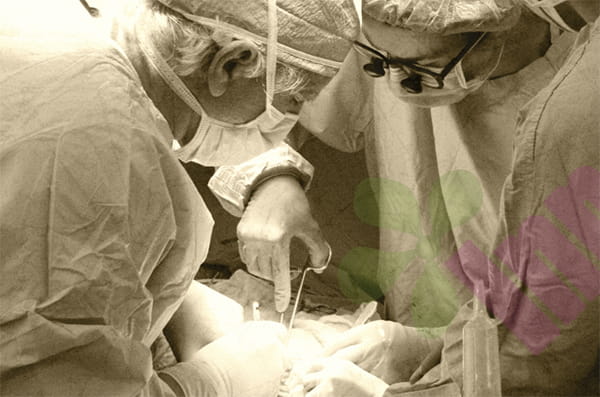Pressure injuries, commonly known as bedsores, are damage to the skin and subcutaneous tissue caused by prolonged localized pressure. These injuries are common among bedridden patients with limited mobility and those in wheelchairs. Prevention is far more important than treatment. Systematic preventive measures can significantly reduce the incidence of pressure injuries.

Which groups of people need special attention for prevention?
Elderly patients who are bedridden for long periods of time are at high risk, particularly those with decreased sensation. Spinal cord injury patients are particularly susceptible to severe pressure injuries due to loss of sensory and motor function. Patients in intensive care units are often in poor physical condition and have limited mobility. Obese individuals or those who are extremely thin face greater pressure loads, while those with less soft tissue protection may experience inadequate soft tissue protection. Malnourished patients have reduced tissue repair capacity. Incontinent patients experience prolonged exposure to moisture, reducing their skin's resistance. Patients with edema experience reduced tissue elasticity, making them more susceptible to damage.
How to effectively relieve local pressure?
Turning over is a key measure to relieve local pressure. For bedridden patients, the body position should be changed every two hours, alternating between 30-degree side-lying positions. Wheelchair users should lift their hips every 15 minutes to relieve pressure, each time for at least 15 seconds. Use soft pillows or foam pads to relieve pressure on bony prominences such as the sacrum, ankles, and heels. Use a professional pressure redistribution support surface, such as a dynamic air mattress or gel cushion. Avoid using ring-shaped air cushions directly, as these may create new pressure points. Be sure to keep bed sheets flat, free of wrinkles and debris.
How to take good care of your skin?
Check your skin thoroughly daily, paying special attention to any redness, blisters, or breakage over bony prominences. Keep your skin clean and dry with a mild cleanser and warm water. Pat dry after washing, avoiding rubbing. For dry skin, use a non-irritating moisturizer, but avoid applying to pressure areas. Promptly clean sweat, urine, and feces to prevent maceration. Protect high-risk areas with a skin mask or barrier cream. Avoid massaging red areas over bony prominences, as this may worsen tissue damage.
What should I pay attention to when moving and changing my position?
Master proper mobility techniques to avoid dragging and pulling on the skin. Use a transfer board or lifting device to help patients change positions. When lying, keep the head of the bed as low as possible to reduce shear forces. When sitting, ensure that the feet are properly supported to distribute pressure on the buttocks. Regularly perform a moderate range of motion exercises to maintain muscle function. Encourage patients to perform independent movements within their ability, even if they are just gentle movements.
How to create an effective prevention program?
Assemble a multidisciplinary team to develop a personalized prevention plan. Conduct a comprehensive risk assessment for each patient, using the Braden or Norton scale. Explain the importance of preventive measures to patients and caregivers in detail. Establish a standardized record-keeping system and regularly evaluate the implementation of preventive measures. Adjust the prevention plan promptly based on changes in the patient's condition. Ensure that all caregivers master the correct preventive techniques.
What are the signs that preventive measures need to be adjusted?
An early warning sign is an area of persistent redness on the skin. A patient complains of pain or discomfort in a specific area. Existing preventive measures become difficult or ineffective. A change in the patient's overall condition, such as significant weight loss. The development of new risk factors, such as worsening incontinence. A change in the care setting or staff.

For more information on Innomed®Silicone Foam Dressing Sacrum, refer to the Previous Articles. If you have customized needs, you are welcome to contact us; You Wholeheartedly. At longterm medical, we transform this data by Innovating and Developing Products that Make Life easier for those who need loving care.
Editor: kiki Jia

 English
English عربى
عربى Español
Español русский
русский 中文简体
中文简体








